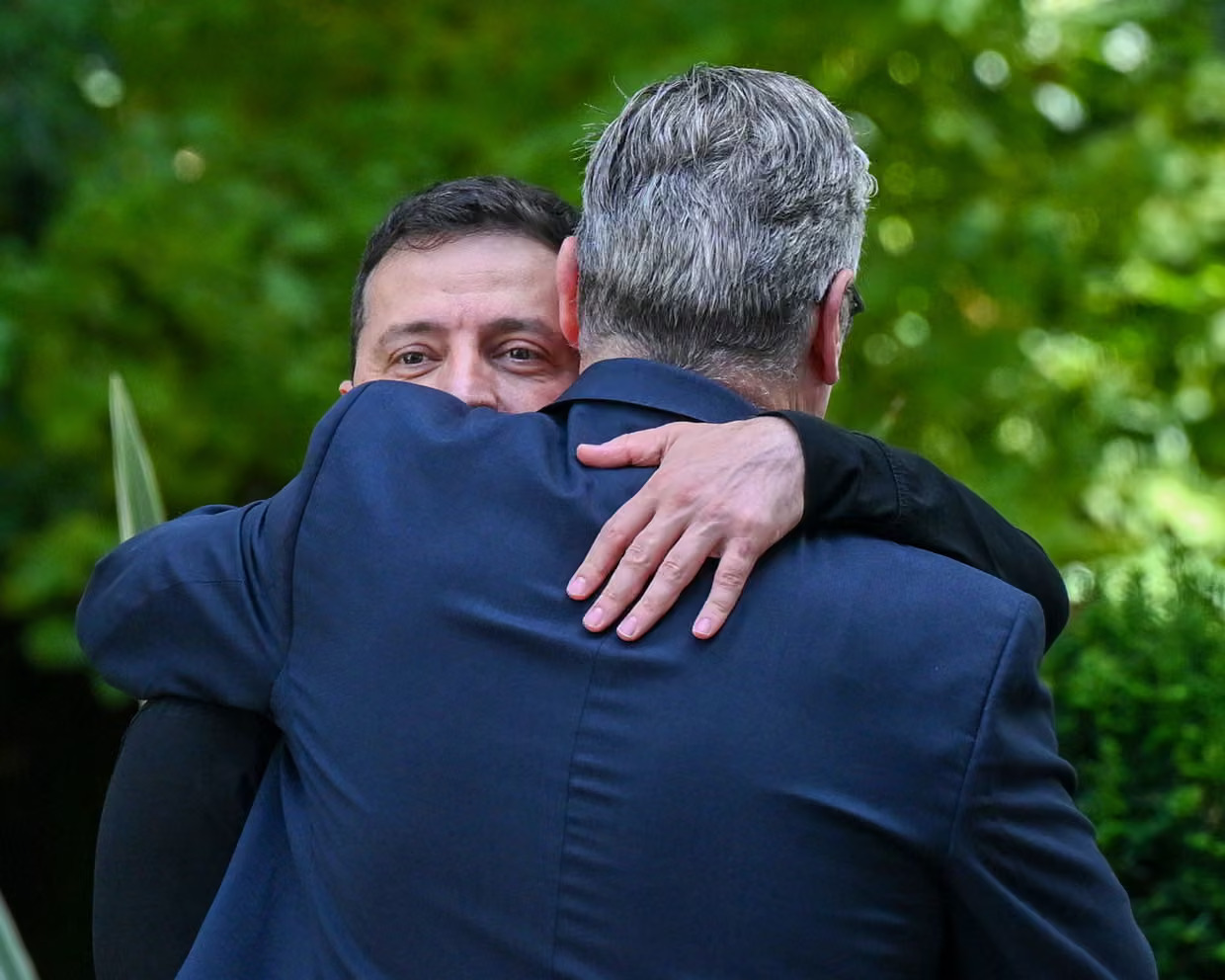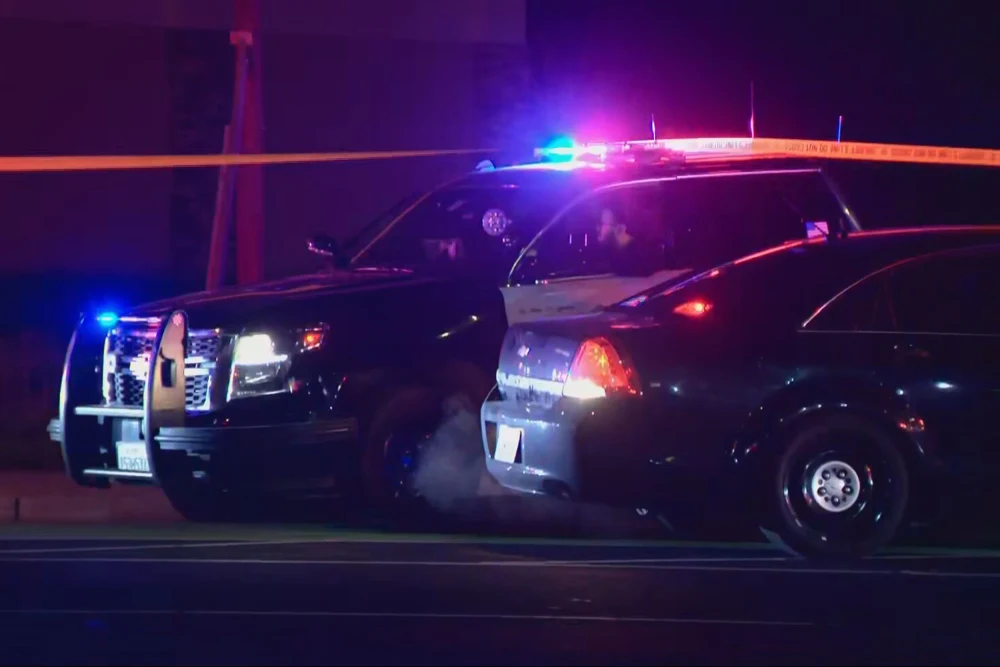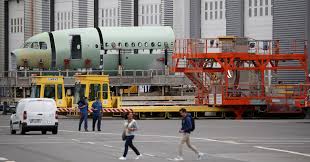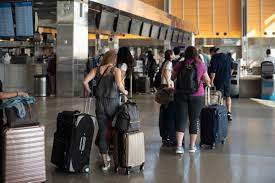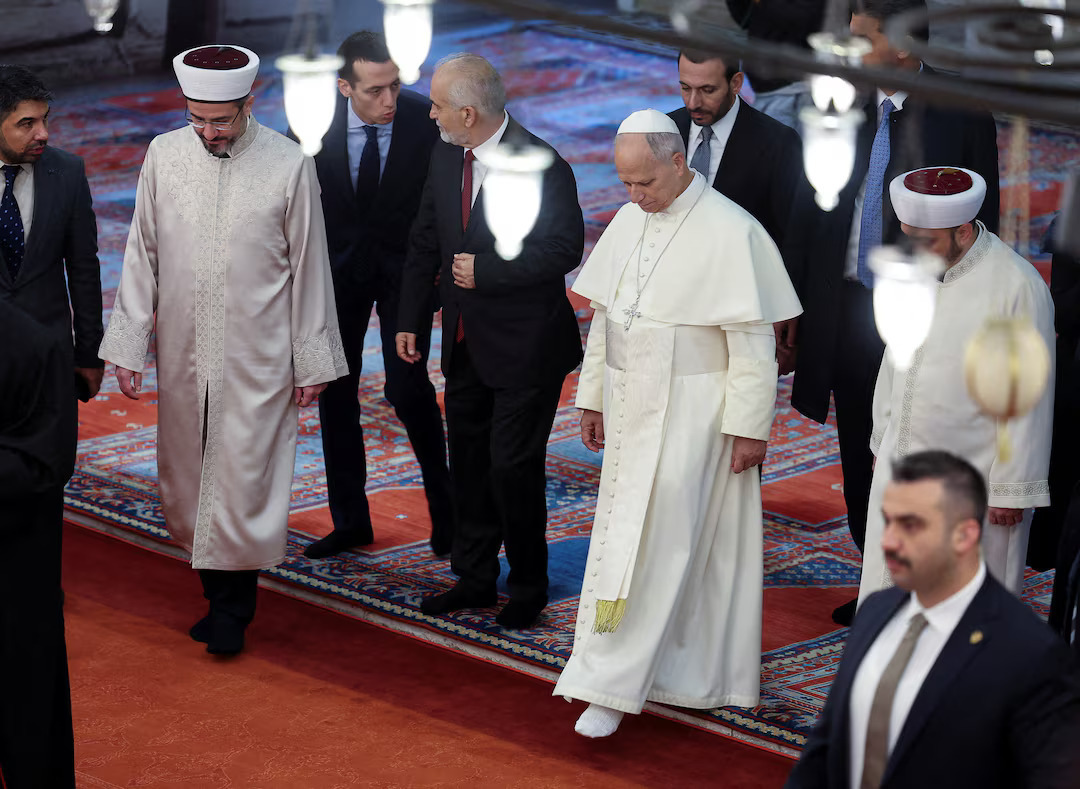Starmer and Zelenskyy See ‘Tangible Opportunity for Peace’ Ahead of Trump-Putin Summit
Keir Starmer and Volodymyr Zelenskyy have expressed cautious optimism about the prospect of peace in Ukraine—provided Russian President Vladimir Putin demonstrates genuine intent to end the conflict when he meets with Donald Trump in Alaska on Friday.
The British Prime Minister and the Ukrainian President met for a private breakfast at Downing Street on Thursday morning, following a video conference held the previous day that included Trump, Zelenskyy, and several European leaders, including Starmer.
According to officials present, European participants left the call feeling reassured that Trump intended to press Putin for a meaningful and lasting ceasefire, rather than cut a backroom deal at Ukraine’s expense.
The White House’s decision to schedule a joint press conference following the Trump-Putin summit has been interpreted as a sign of optimism that the talks could yield real progress. Moscow, however, hopes the summit will broaden beyond the war in Ukraine to include steps toward renewed economic cooperation between the U.S. and Russia.
British officials summarized the Downing Street meeting by noting that both Starmer and Zelenskyy agreed there was a “visible chance” for peace—so long as Putin proves through concrete actions that he is serious.
In a separate statement, Zelenskyy emphasized the need for credible security guarantees to ensure any potential deal can hold, particularly if Washington is able to compel Moscow to halt its military aggression.
Trump has signaled that, if the Alaska meeting with Putin is successful, he would push for a follow-up trilateral summit involving himself, Putin, and Zelenskyy. Such a meeting would mark a significant concession from the Kremlin, as Putin still refuses to acknowledge Zelenskyy’s legitimacy. Nevertheless, Zelenskyy must prepare for the possibility of being thrust into direct negotiations alongside the Russian and American presidents within days.
That scenario may put Zelenskyy under pressure to accept terms that include the de facto surrender of territory currently occupied by Russian forces. Putin is reportedly also seeking concessions involving parts of eastern Ukraine not yet under Russian control. However, European leaders have made it clear that any negotiations involving the potential partitioning of Ukraine must begin from the current line of military contact.
On Wednesday, Starmer co-chaired a virtual meeting of the European-led “coalition of the willing,” which is preparing to send peacekeeping forces to Ukraine should a ceasefire be achieved. He described the moment as offering a “viable” opportunity for peace.
In a strong display of solidarity, Starmer greeted Zelenskyy with a bear hug outside No. 10 Downing Street. The gesture stood in contrast to the strained atmosphere of the previous Trump-Zelenskyy meeting in February, which ended in a public disagreement during a press event at the White House.
Zelenskyy, in his post-meeting remarks, urged the UK to join the PURL (Prioritised Ukraine Requirements List) initiative under NATO—a program designed to streamline weapons deliveries to Kyiv. “We discussed how to ensure effective security cooperation within the framework of the coalition of the willing,” he said.
He added that the pair also reviewed ongoing support for Ukraine’s military and defense industry: “Under any scenario, Ukraine will maintain its strength,” Zelenskyy stated. “Keir and I also discussed weapons supply mechanisms such as the PURL program, and I encouraged the UK to join.”
Starmer reiterated the UK’s readiness to increase pressure on Russia if peace efforts fail. He confirmed that Britain is already preparing a new package of sanctions targeting Moscow. “We stand ready to support a reassurance force once hostilities end,” he said during Wednesday’s meeting. “At the same time, we must remind Russia that further economic sanctions remain on the table should they refuse to engage.”
Despite ongoing skepticism about Trump’s dependability, European leaders were relieved by his demeanor during the video conference, noting that he did not appear intent on brokering a territorial compromise with Putin behind Ukraine’s back.
Trump reportedly agreed that his primary goal for the Alaska summit is to assess whether Putin is genuinely open to a ceasefire—and under what terms. The Russian leader faces a delicate balancing act: placating Trump, who could offer an exit from the war, without compromising his own ambitions to dominate Ukraine.
Trump, who often touts his personal rapport with Putin, has said he believes he’ll only be able to gauge the potential for peace through a face-to-face meeting. However, he later tempered expectations, noting that Putin could face “very severe consequences” if he rejects a ceasefire—an implicit warning of expanded U.S. sanctions on Russian oil exports.
Thus far, Trump has refrained from imposing those sanctions. However, the U.S. is poised to levy new tariffs on Indian imports later this month in response to India’s continued purchases of Russian oil.
The UK is encouraging the U.S. to adopt more targeted sanctions, such as measures against Russia’s “shadow fleet” of oil tankers or refineries processing Russian crude. However, Moscow has signaled it wants the Alaska summit to focus on easing economic restrictions and restarting U.S.-Russia commercial relations, a move that would provide much-needed relief to the Russian economy.
Some European leaders were encouraged by U.S. Vice President JD Vance’s grasp of the details during the video call and by indications that the U.S. might support a European-led security guarantee for Ukraine in the event of a peace deal. Vance reportedly made clear that Washington has no intention of bartering away Ukrainian territory during the Alaska summit and was said to be “fully briefed” on mechanisms needed to prevent Putin from undermining any future agreement—militarily or politically.
NATO Secretary-General Mark Rutte also issued a stark warning during his meeting with Trump on Wednesday. Rutte told the former president that a Russian proposal reportedly conveyed to Trump’s special envoy, Steve Witkoff, would effectively create a “highway” for Russian troops to advance toward Kyiv if enacted. His message underscored the high stakes of the talks.
The Alaska summit is scheduled to begin at 11:30 a.m. local time (2030 BST), starting with a one-on-one session between Trump and Putin, with interpreters present. This will be followed by a larger meeting including key officials from both sides.
Putin’s delegation will include Foreign Minister Sergei Lavrov, Defense Minister Andrei Belousov, Finance Minister Anton Siluanov, Russian sovereign wealth fund chief Kirill Dmitriev, and top foreign policy adviser Yuri Ushakov.
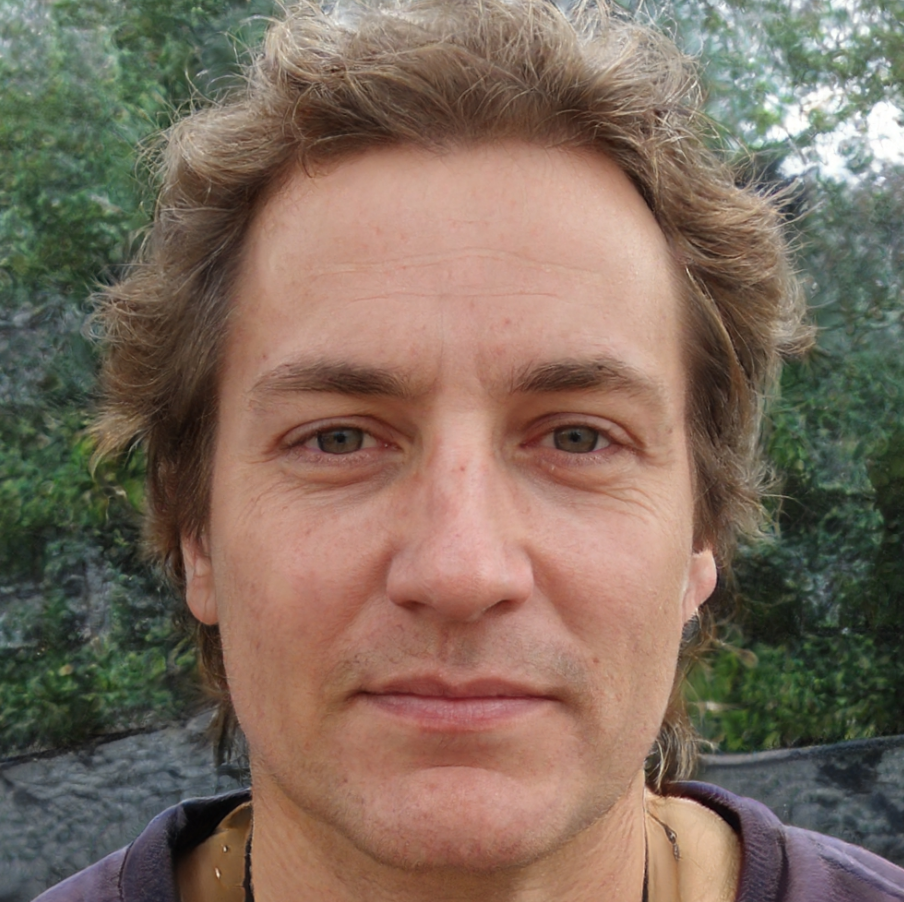
Jagger Beltran is the founder and author of Computer Site Engineering, a blog dedicated to exploring the latest in computing, hardware, and software. With a passion for technology, he provides in-depth insights to help readers stay ahead in the digital world.

